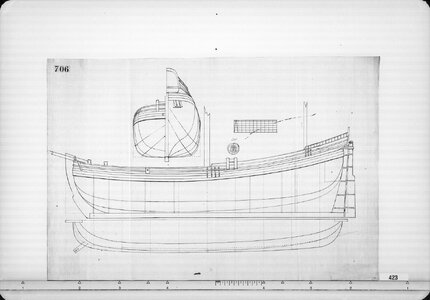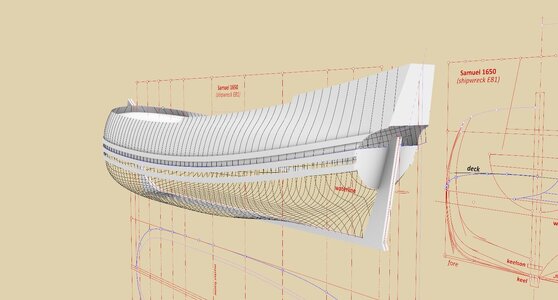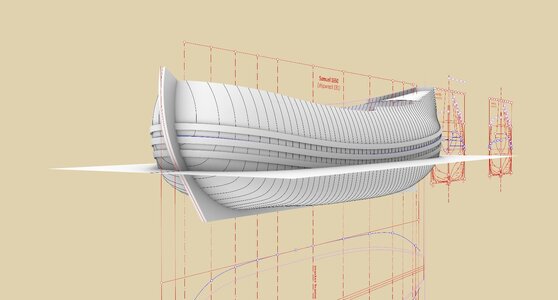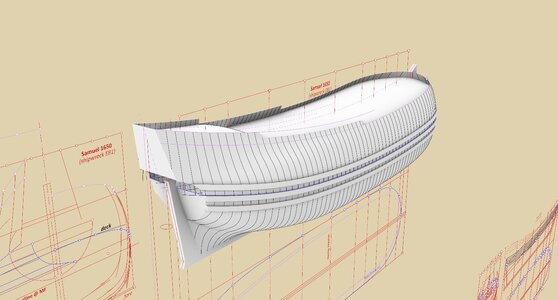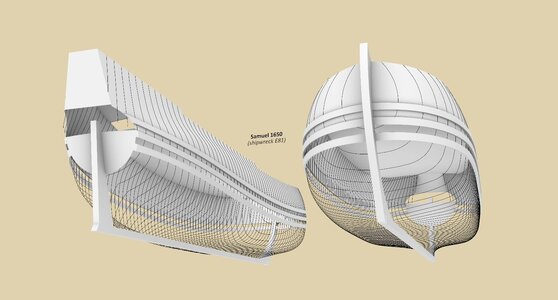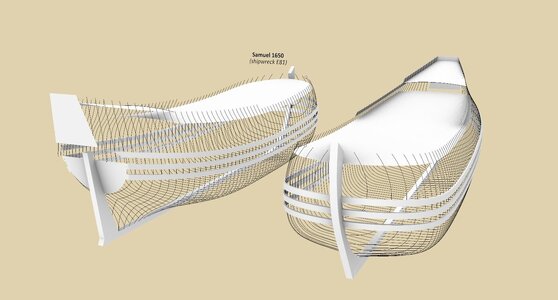The Dutch commonly built square-tucked ships because of their ease and speed of construction. Their naval needs were different from those of the English, The Dutch usually built merchant ships that could fight rather than warships that could also serve as merchants. More ships meant that these could be brought back as merchant ships after the war.I'm sure you are right Martes, but to the best of my knowledge Dutch frigates never had more guns than 40.
About the dating: all well, but the reasons Waldemar gives why the drawing has to be dated as early as 1700 do not seem very solid to me: square tuck sterns and double wales were still in use in all admiralties until after the first quarter of the 18th century.
Here a drawing by Gerbrand Slecht, active on the Amsterdam admiralty yard from 1723-26:
View attachment 452988
Here a Rotterdam drawing of probably the first man-of-war that was actually built after preliminary drawings, the Twikkelo, built in 1725 by Paulus van Zwijndregt:
View attachment 452989
Both show a flat tuck, be it that the flat part was mostly above the waterline, which makes it basically not different from ships with round tucks.
As to double or single wales: both were used, there is a drawing by Leendert van Zwijndregt from 1757 showing double wales (sorry for the bad picture, my copying machine has its limitations):
View attachment 452990
Clearly double wales.
I don't have the skills to comment on the other characteristics Waldemar mentions, but for me there are reasons to date the drawing a few decades later.
Just my 50 cents, i don't want to criticize Waldemar's brilliant work.
(Pictures taken from my book 'In Tekening Gebracht' (2000), of which I have an English translation for anyone who sends me a PM.)
Ab
The English built both separately, preferring a standing navy. They experimented with 44-gun convoy escort ships but favored a smaller, faster, and more maneuverable ship in this role. Such smaller ships were called Frigates.
Bill




